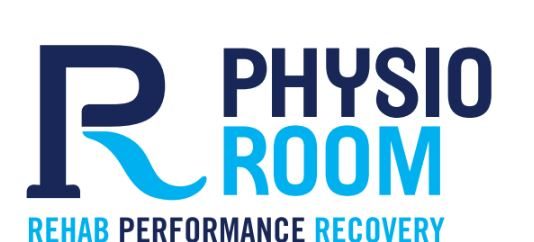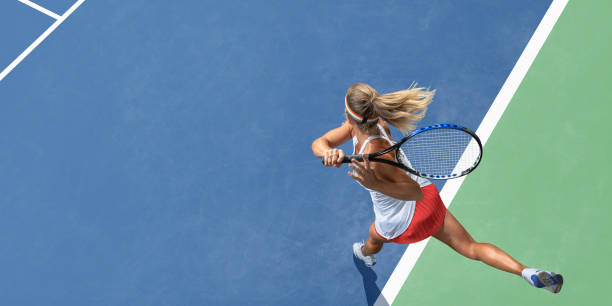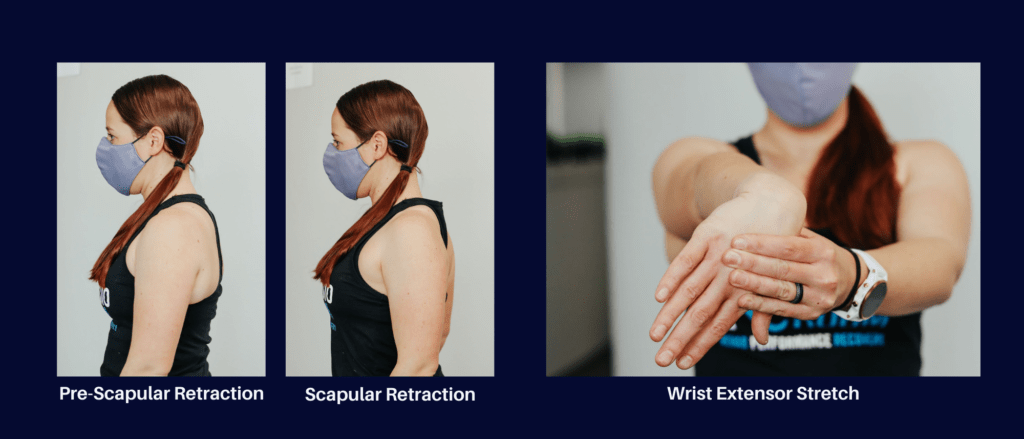Tennis Elbow, Shmennis Elbow.. How to effectively treat and beat Lateral Epicondylitis.
“I really think a champion is defined not by their wins, but by how they can recover when they fall.” – Serena Williams
Have you ever experienced a pain or burning sensation on the outside of your elbow? Does it increase or become inflamed during or after you play your racquet sport of choice? Does it magically reappear when you’re casually typing away on your computer? I’ve got news for you – you are definitely not alone!
Up to 50% of people who play racquet sports will experience Lateral Epicondylitis, the infamous Tennis Elbow (TE), at some point in their lives. Don’t let the name fool you – this condition primarily rears its ugly head most in those who partake in racquet sports and activities with similar throwing motions, but it can even infiltrate occupations with heavy arm and shoulder usage.
TE is typically related to an overuse injury of the origin attachment of the Extensor Carpi Radialis Brevis and Extensor Digitorum muscles, located on the top part of your forearm by your outer elbow. These muscles are responsible for extending your hand back, affecting your swing, serve and your backstroke. When these muscles become inflamed, they can often develop micro-tears at the attachment resulting in that pain we talked about earlier while playing or working, and even loss of grip strength.
Assess, don’t guess!
There are several common approaches to treating TE, including but not limited to: cortisone injections, wearing a brace, a recommendation to rest, and our favorite – a referral to a Physical Therapist!
No one likes the idea of taking a year off from the sport, and although cortisone injections and bracing can provide temporary relief (at best), there’s always the possibility that another flare up can occur down the road. Physical Therapy is the only treatment that is proven to be effective in both short and long term. Through an assess, don’t guess method, we are able to create a customized program focused on resetting your system by relieving pain then restoring normal wrist, elbow and shoulder motion. We are then able to reload that arm to make sure this condition doesn’t sneak it’s way back into your game.
In the meantime, there are steps you can take to decrease your pain. One way is by performing scapular retractions, where, keeping the arms relaxed and pulling the shoulder blades back and together, helps stabilize the shoulder on the back. Additionally, a wrist extensor stretch can help begin to relieve symptoms. This can be done by extending the affected arm straight out in front of you with the palm facing downward, and pulling the wrist down while turning the hand to the outside to feel a stretch.
In addition to these exercises, ice applied to the area of pain for 10-15 minutes at a time can help decrease pain and swelling while playing your sport or during a flare up of symptoms.
Until next time,
- Dr. K




No responses yet